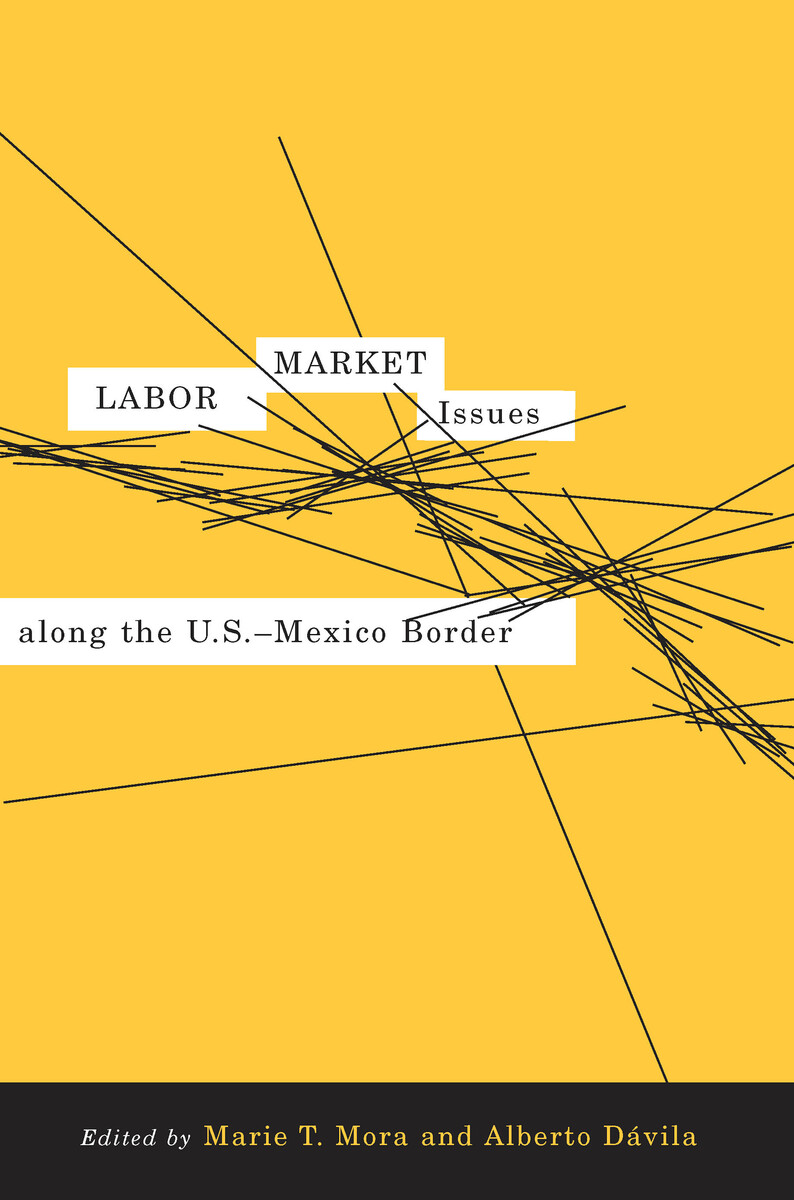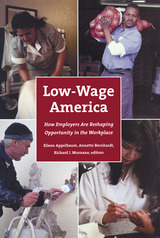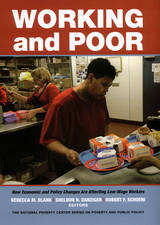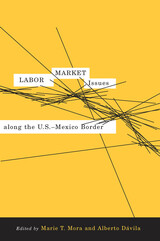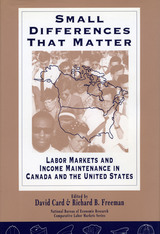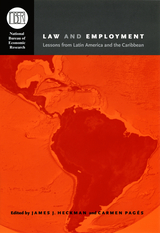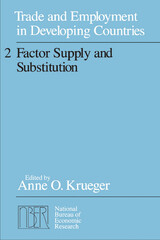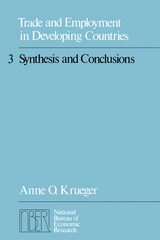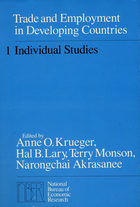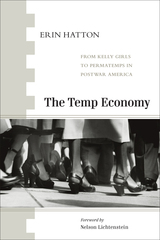Labor Market Issues along the U.S.-Mexico Border
University of Arizona Press, 2009
Cloth: 978-0-8165-2700-7 | eISBN: 978-0-8165-4857-6
Library of Congress Classification HD5725.M48L33 2009
Dewey Decimal Classification 331.1209721
Cloth: 978-0-8165-2700-7 | eISBN: 978-0-8165-4857-6
Library of Congress Classification HD5725.M48L33 2009
Dewey Decimal Classification 331.1209721
ABOUT THIS BOOK | REVIEWS | TOC
ABOUT THIS BOOK
Five million workers are employed in a variety of settings along the U.S.–Mexico border, yet labor market outcomes on each side often differ. U.S. workers tend to have low earnings and high unemployment compared with the rest of the country, while workers on the Mexican side of the border are often more prosperous than those in the interior. This book sheds new light on these socioeconomic differentials, along with other labor market issues affecting both sides of the border.
The contributors take up issues that dominate the current discourse— migration, trade, gender, education, earnings, and employment. They analyze labor conditions and their relationship to immigration, and also provide insight into income levels and population concentrations, the relative prosperity of Mexico’s border region, and NAFTA’s impact on trade and living conditions.
Drawing on demographic, economic, and labor data, the chapters treat topics ranging from historical context to directions for future research. They cover the importance of trade to both the United States and Mexico, salary differentials, the determinants of wages among Mexican immigrant women on the U.S. side, and the net effect of Mexican migration on the public coffers in U.S. border states. The book’s concluding policy prescriptions are geared toward improving conditions on the U.S. side without dampening the success of workers in Mexico.
Written to be equally accessible to social scientists, policy makers, and concerned citizens, this book deals with issues often overlooked in national policy discussions and can help readers better understand real-life conditions along the border. It dispels misconceptions regarding labor interdependence between the two countries while offering policy recommendations useful for improving the economic and social well-being of border residents.
The contributors take up issues that dominate the current discourse— migration, trade, gender, education, earnings, and employment. They analyze labor conditions and their relationship to immigration, and also provide insight into income levels and population concentrations, the relative prosperity of Mexico’s border region, and NAFTA’s impact on trade and living conditions.
Drawing on demographic, economic, and labor data, the chapters treat topics ranging from historical context to directions for future research. They cover the importance of trade to both the United States and Mexico, salary differentials, the determinants of wages among Mexican immigrant women on the U.S. side, and the net effect of Mexican migration on the public coffers in U.S. border states. The book’s concluding policy prescriptions are geared toward improving conditions on the U.S. side without dampening the success of workers in Mexico.
Written to be equally accessible to social scientists, policy makers, and concerned citizens, this book deals with issues often overlooked in national policy discussions and can help readers better understand real-life conditions along the border. It dispels misconceptions regarding labor interdependence between the two countries while offering policy recommendations useful for improving the economic and social well-being of border residents.
See other books on: Commerce | Emigration and immigration | Labor market | Mexican-American Border Region | U . S - Mexico Border
See other titles from University of Arizona Press
